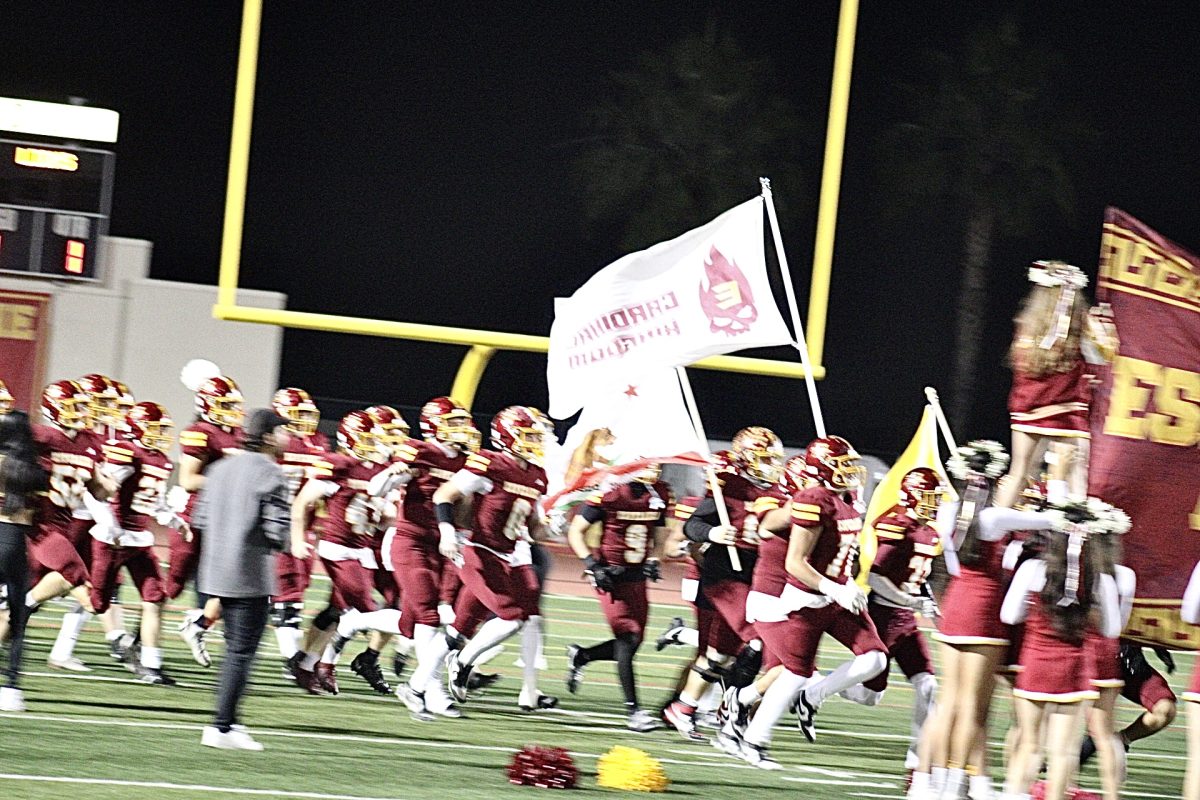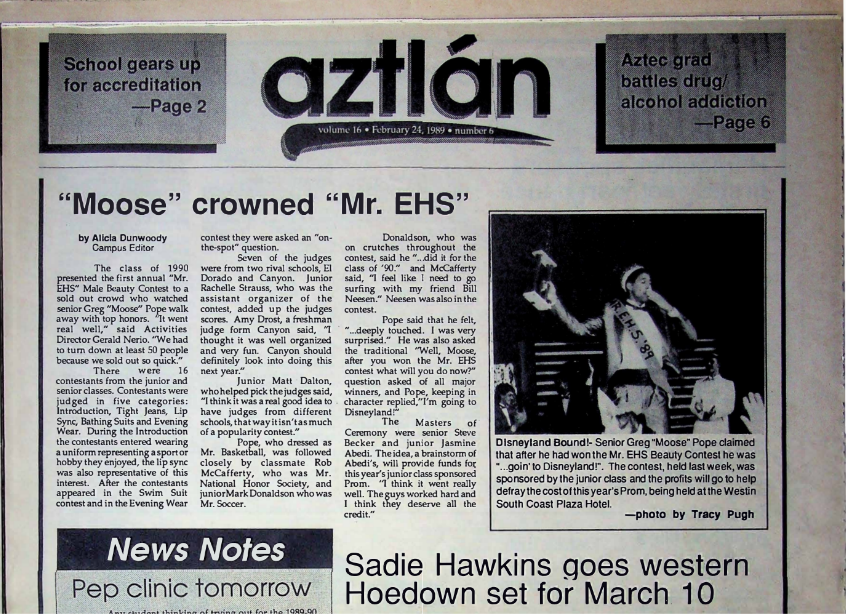Protestors Gain Ground in North Dakota
Protesters gain ground.
Dakota Access Pipeline (DAPL) protesters won a court battle against Energy Transfer Partners (ETP) to save Native American reserves, but the project continues.
The DAPL, costing $3.7 billion, carries oil from Stanley, North Dakota to Patoka, Illinois, and has been protested by Native Americans, veterans, and liberal politicians, including Bernie Sanders. The victory comes from the Army Corps of Engineers, who will not allow the pipeline to be drilled under the land of the Native Standing Rock Sioux Tribe.
After the bill was passed on Jan. 25, it took nearly six months for the attorneys of the Standing Rock Sioux Tribe to take legal action and was subsequently followed by the start of the protests. Within a month, the United Nations Permanent Forum on Indigenous Issues gave support to the protesters, saying, “It is therefore imperative that the United States respects and recognizes the intrinsic, inter-related rights of Sioux and their spiritual traditions, history, philosophy, and especially their rights to their lands and territories. The world is watching what is happening in North Dakota.”
On Sept. 3 over 42 protesters were pepper sprayed or bitten by dogs, according to tribal officials. The Morton County Police Department however, said that protesters also became aggressive as they overwhelmed the workers and the security at the construction site.
In the coming months, an eighth tribal meeting was held, along with several departments fighting for the side of the Standing Rock Sioux Tribe, especially the Army. By the end of the month, authorities had to remove a roadblock on a state highway, and arrested 141 protesters (now over 400 arrested).
Finally, on Dec. 4 the Department of the Army announced it would not allow the pipeline to be drilled under a dammed section of the Missouri River, with some saying it is a monumental victory in the fight to protect indigenous rights and sovereignty.
However, the ETP has been supported by President-Elect Trump (who owns some stocks in the company), and will continue onwards. The Trump administration could decide to allow the original route. Representatives of Trump’s transition team did not immediately respond to requests for comment.











































